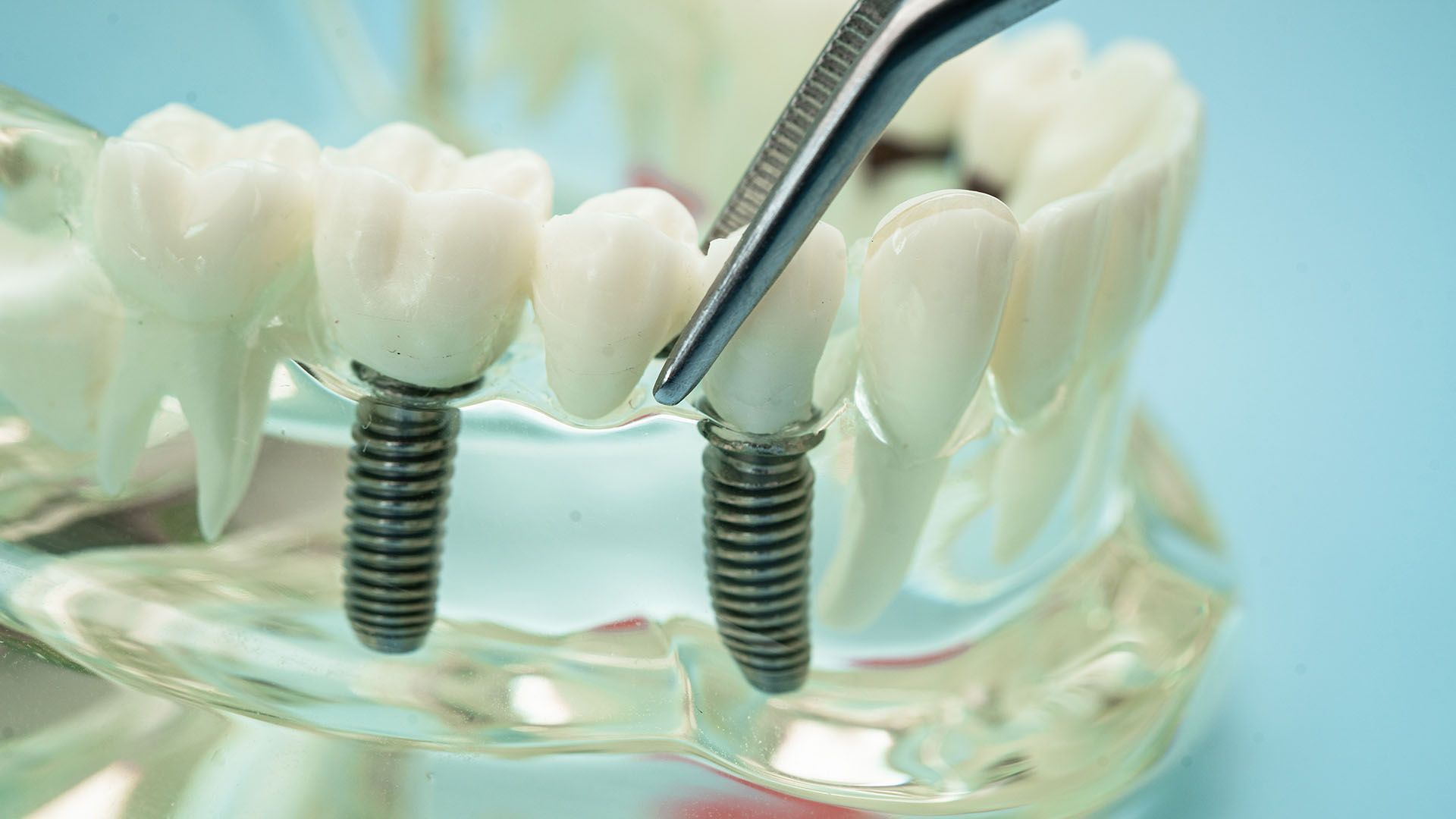Cosmetic Gum Surgery and for Gum Reshaping

There are a number of reasons patients may consider cosmetic gum surgery. Gums can grow in at short, long, or uneven lengths that create a lopsided smile. Patients who are self-conscious of smiling because of their gumlines can undergo gum surgery or reshaping procedures to fill in gaps, reveal more of a tooth, revitalize gum tissue, and achieve a balanced appearance. Learning what gum treatments can fix and how they can positively affect oral health is the first step toward a rejuvenated smile.
Reasons for gum surgery
While many patients choose these procedures purely for aesthetic purposes, others may be recommended for treatment by a dentist due to medical needs. Gum disease can be treated with procedures that strengthen tissue and bone and stimulate gum growth. No matter the reason, anyone can consult with a dentist about receiving cosmetic gum surgery.

Low gums
The appearance of small teeth is not necessarily a problem with tooth size but with overgrown gums. When gums extend beyond the expected line, this gives the impression that teeth are unusually small. Some people are simply born with more gum tissue than others, but overgrowth can also be caused by certain medications or an underlying health issue.
High gums
On the opposite end of the spectrum, patients with too little gum tissue can be candidates for regenerative cosmetic gum surgery. Teeth that look too large or long are indicators that gums have receded. This is often the result of gum disease that is deteriorating tissue and pulling it away from the tooth and root.
Gingivitis and periodontal disease
If gum recession continues unchecked, more severe damage can occur below the surface of the mouth. Patients usually suffer from the first stages of gum disease, known as gingivitis, if they do not follow proper oral hygiene practices such as brushing and flossing daily. Periodontal disease is a more advanced form of gum disease that attacks gum tissue and the jawbone, destabilizing teeth in the mouth. Patients may need gum surgery or reshaping to treat the disease and reestablish a healthy mouth.
How it works
Each individual is different, and there are three main surgery options to choose from for reshaping gums. A dentist can advise patients on the type of procedure that suits their problems.
Flap surgery
A patient who has plaque built up in pockets beneath the gums can get surgery to have it removed. The dentist pulls back parts of the gums to reach the plaque and then stitches the gums back into place, sometimes in different places if desired.
Guided tissue growth
If gums are growing in the wrong places, a dentist may place an appliance in those spaces to allow bone and other tissue to regrow. The appliance prevents the gums from moving in instead.
Contouring
A dentist scrapes away excess gum tissue from teeth using a scalpel or laser. This procedure reveals more of each tooth, eliminating a “gummy” smile.
Conclusion
Patients can discuss options with a dentist to discover the right solutions to gum and smile problems. Understanding each cosmetic gum surgery procedure can better prepare patients for a visit.
Request an appointment here: https://www.casasadobesdentistry.com or call Casas Adobes Dentistry at (520) 365-0559 for an appointment in our Tucson office.








